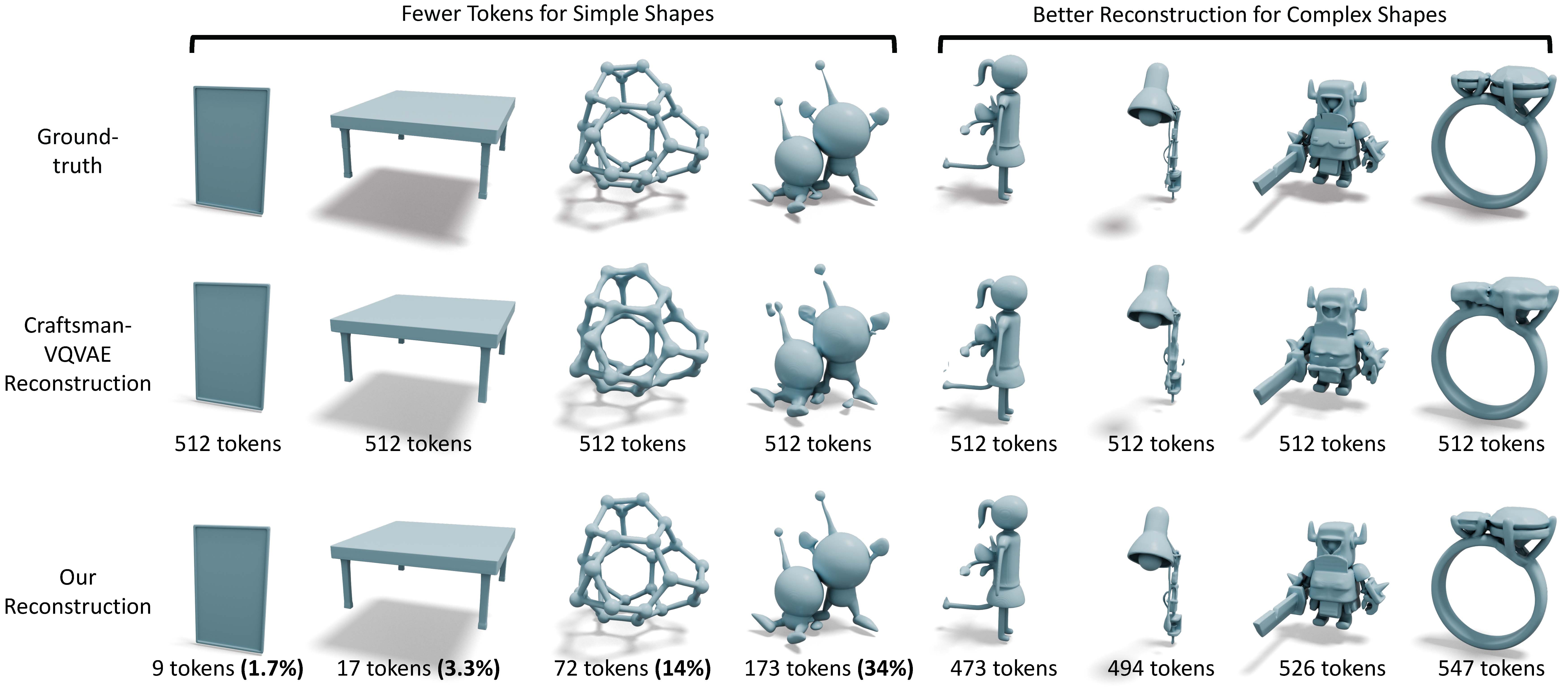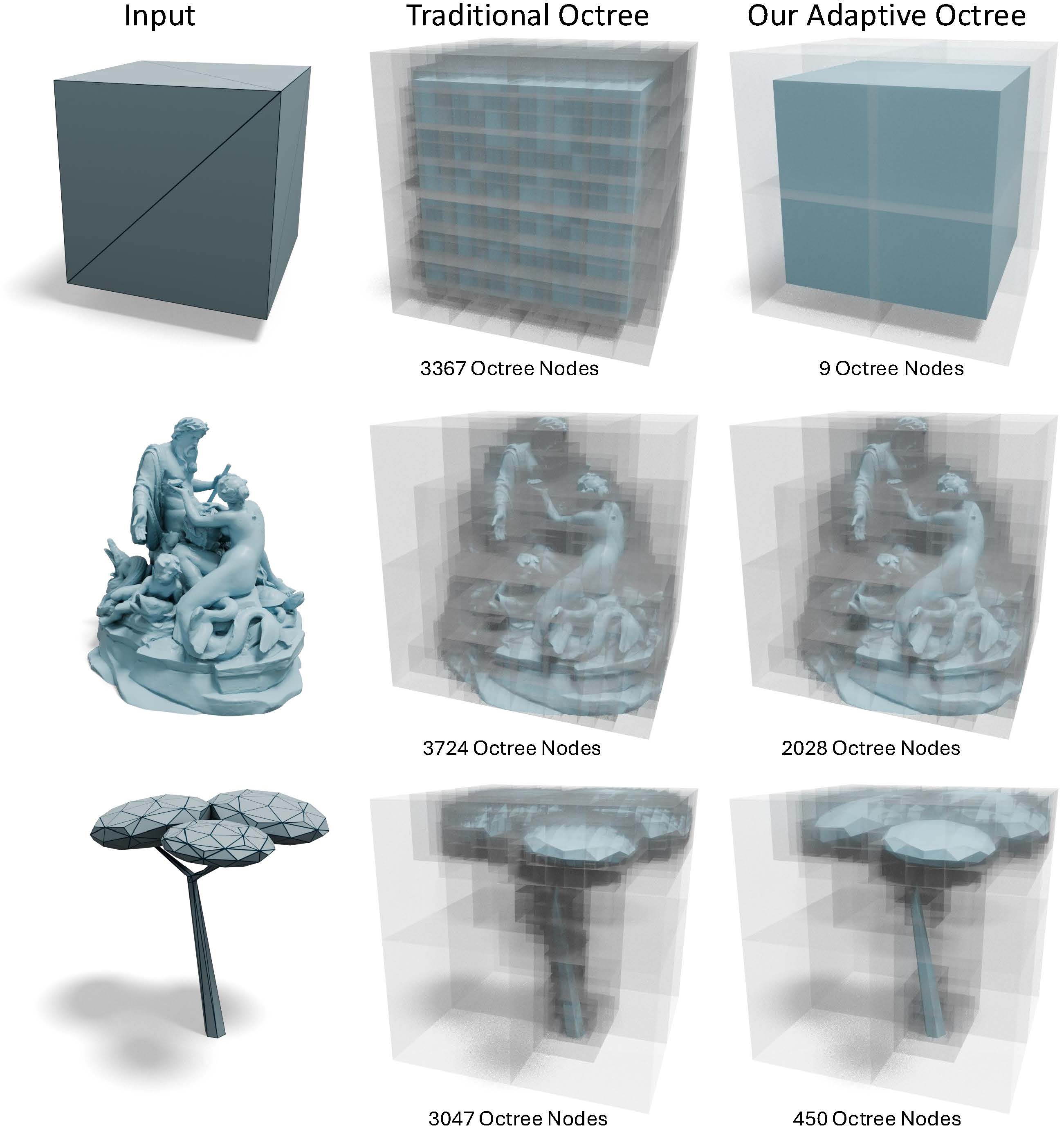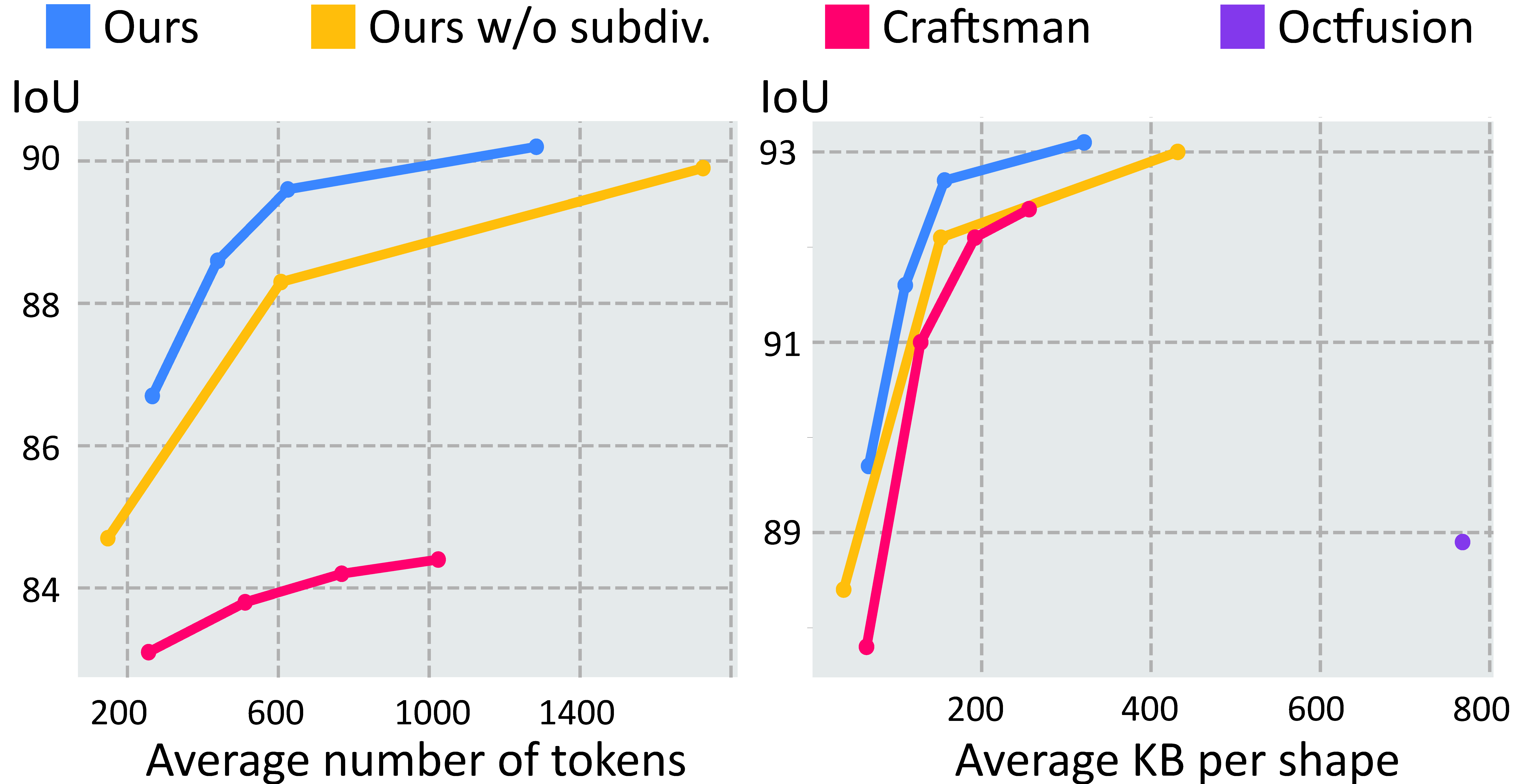Generation Results
Input Text Prompt
Generated Shape
Input Text Prompt
Generated Shape
"A pirate ship with cannons"
"A pair of noise-cancelling headphones"
"A 3D model of a wizard hat"
"A fluffy cute dog"
"A dog warrior"
"A 3D model of a pigeon"
"A wooden ship with mast"
"A 3D model of a space rocket"
"A 3D model of a locomotive"
"A 3D model of a car"
"The imperial state crown of England"
"An intricate ring with a gem"



